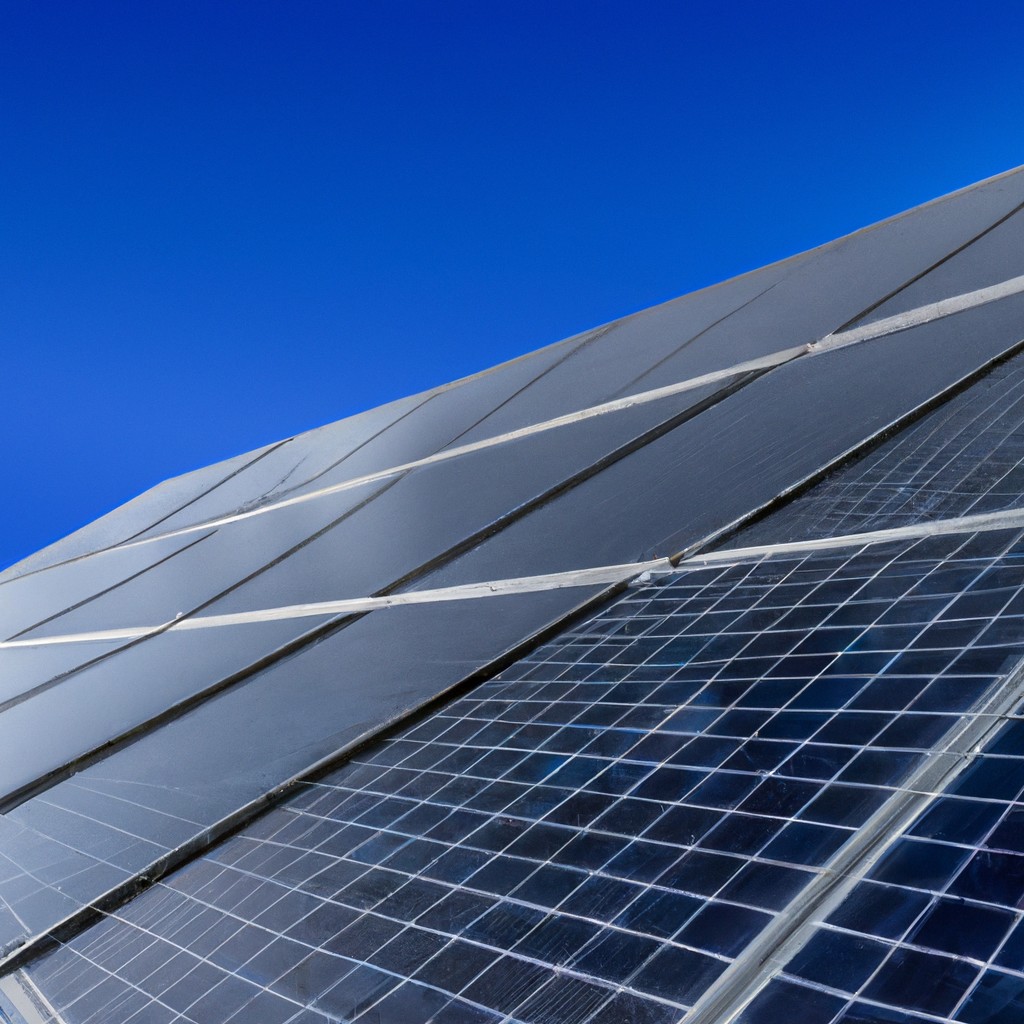This article explains how solar energy can lead to significant savings on your electricity bills.
Key takeaways:
- Solar panel costs range from $15,000 to $25,000.
- Tax breaks and incentives can significantly reduce upfront costs.
- Factors that influence savings include geographical location and household energy consumption.
- Calculate your payback period to determine when your investment will start paying off.
- Drawbacks of solar energy include high upfront costs and weather dependence.
How Much Do Solar Panels Cost?

The initial investment for residential solar panels typically ranges between $15,000 and $25,000. This price fluctuates based on several factors, including the size of your home, the type of panels you select, and the installation complexities specific to your property’s layout and location. Costs have been falling over the years as technology improves and becomes more widely available.
It’s crucial to consider not just the upfront cost but also long-term savings and the potential increase in your property value. Most solar installations are designed to last for 25 to 30 years, which means you can expect sustained savings on your electricity bills over many years.
While the sticker price may seem steep, financing options such as solar loans, leases, and power purchase agreements (PPAs) are available. These options help to spread out the expense over time, making solar energy accessible to a broader range of homeowners.
Tax Breaks and Incentives
Governments often encourage the adoption of renewable energy through various financial incentives. In the United States, for example, homeowners may benefit from the Federal Solar Investment Tax Credit (ITC), which offers a deduction of 26% off the total cost of installing a solar energy system on federal taxes. Additionally, some states and local municipalities offer additional rebates and incentives which can further reduce upfront costs.
Eligibility for these incentives can depend on several factors such as geographic location, the size of the installed system, and the energy output capacity. It’s important to research and apply for these incentives early, as programs often have a cap on the total amount of funding available.
Utility companies sometimes offer further incentives, like net metering programs. These programs allow solar panel owners to sell excess electricity generated back to the grid, effectively reducing their monthly energy bills even further.
To navigate these options, homeowners can consult with local solar installers who typically have current information on what specific benefits are available in their area. Checking resources such as the Database of State Incentives for Renewables & Efficiency can also provide up-to-date details on available solar incentives.
Factors That Influence Savings
Several elements determine how much you’ll save with solar energy. First, consider your geographical location; areas with more sunlight naturally reap more benefits from solar panel installations. The design and efficiency of your solar system also play critical roles. More efficient panels might cost more upfront but lead to greater savings in the long run.
Next, think about your household energy consumption. Larger families or homes with high energy usage will typically see quicker returns on solar investments compared to smaller households with modest energy needs. Lastly, utility rates in your area can affect savings, as higher rates make solar energy a more attractive option, amplifying its economic benefit over time.
Calculate Your Payback Period
To determine when your solar investment will start paying for itself, calculate the payback period. Divide the total cost of your solar system installation by the annual financial benefits. This includes savings on your electricity bill and any earnings from selling excess power back to the grid.
For example, if your solar system cost $15,000 and you save $1,500 annually, your payback period would be 10 years. Remember, factors like geographic location, the size of your installation, local electricity rates, and sunlight exposure will influence your specific savings.
Regularly reassess your system’s performance and compare it with initial estimates to ensure you are on track with your expected savings timeline. This way, you can make adjustments if necessary to optimize your benefits.
What Are the Two Main Disadvantages of Solar Energy?
Solar energy, much like any technology, has its drawbacks which can influence individual decisions about its adoption. First, the initial investment is considerable. Installing solar panels involves substantial upfront costs including panels, batteries, and installation services. While these prices have decreased over the years, they can still be a significant barrier for many homeowners and businesses.
Second, solar energy is dependent on weather conditions. Solar panels require sunlight to generate electricity, which can be inconsistent in areas with frequent cloud cover or shorter daylight hours during the winter months. This intermittency means that solar energy may not always be a reliable sole power source, necessitating either storage solutions, like batteries, which add to the cost, or a backup system.




